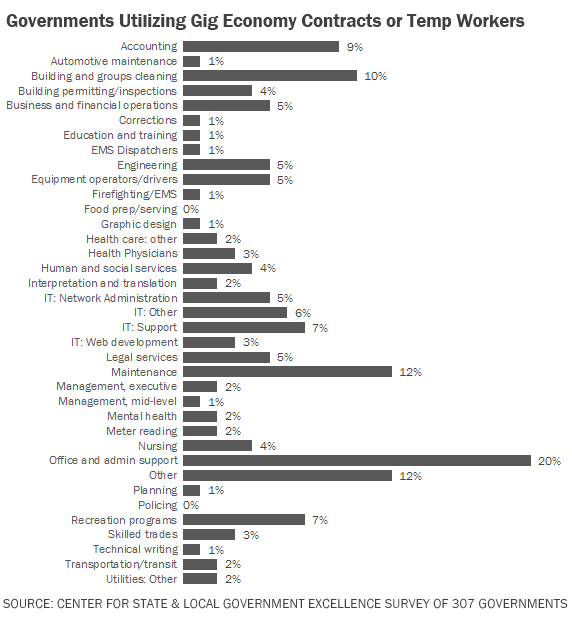My landlord friend had a problem and the solution was so novel he had to tell me about it. He lives in Winnipeg, but his house tenant in Regina couldn’t remove snow from the property. Not long ago, finding someone to deal with that might have been difficult or expensive, especially if a long-term arrangement had to be made. Instead, technology enabled the gig economy to offer a prompt, easy and affordable solution. The implications extend much farther than one yard and actually reach into every home and potentially every department of government.
All my friend had to do was download the app of MowSnowPros, a Calgary-based company that arranges residential yard services in eight cities. He used the app to request snow removal at his desired price. Affiliated locals got the notice, one accepted the bid price, did the work and my friend’s credit card was billed automatically.
If winter snow, summer grass or fall leaves demanded a sequel, the service would always be there—no contract, no obligation and no big bill. Uber for yard work had arrived.
We live at a special time where the internet can facilitate new solutions, but ones that still require people (not robots) to execute them. The possibilities have not yet been fully explored.
A journalism school classmate of mine joined an app company in Toronto. When not working directly with clients, he tries to conceive of new ways that apps can help deliver services. Last I saw him some years ago, he regretted that his colleagues dismissed his idea of online fitness trainers. Months after his proposal, he noticed others were making the concept take off.
Airbnb, Uber, SkipTheDishes and others have found their niche in the gig idea, but that doesn’t mean there aren’t any left. COVID-19 has made remote work and online commerce mainstream and to some extent still necessary. More opportunities for private entrepreneurship abound and so does another possibility—better ways to deliver public services.
Unfortunately, governments haven’t even caught up to last generation’s possibilities. Nearly 30 years ago, Indianapolis mayor Steve Goldsmith put a management team together who checked the yellow pages, then put 75 city services out for tender. Efficiency went up and costs went down enough to save $480 million over his eight years in office. The city grew but the bureaucracy shrank, leading to four property tax cuts. Unemployment rates dropped from 5.2 to 2.3 per cent while per capita income rose 25 per cent.
By now, the internet has made the phone book almost obsolete. So how might the tech-powered gig economy help public service delivery today? Bright minds are giving this question serious thought.
Ursula Huws, professor of labour and globalization at the University of Hertfordshire in the U.K., envisioned new uses for online platforms in her new book, Reinventing the Welfare State. Social service clients could get help on short notice using an app instead of being rigidly bound to scheduled 15-minute slots. Clients could be taken to hospital appointments and their children brought to school on a similar as-needed basis. Food delivery could also be transformed as local producers could be matched with hospitals, schools and food banks with needs.
In the United States, food prep and service join policing as the only public service categories not delivered by the gig economy whatsoever. In 2018, a national survey by the Center for State and Local Government Excellence found that 20 per cent of states or localities used gig or temporary workers in some capacity. Maintenance, cleaning and accounting were leading categories for gig work, but even these left the bulk of their sector to conventional employees.
Gerald Young, a senior research associate at the centre, told Governing.com that gig help in government was “an emerging issue and is one there has not been much attention paid to.” He added, “there are a lot more opportunities for IT support to be cloud-based or temporary,” since roughly five per cent of government IT was provided that way. That said, government hiring rules and public sector unions make it harder to leverage the gig economy than it would be in the private sector.
Although ingenuity and bureaucracy are not synonymous, the retirement of boomers from the workforce presents a great opportunity. Now governments can leverage the gig economy without threatening conventional, often unionized workers. The gig economy also presents neat opportunities for retirees themselves who left their nine-to-five jobs behind. Now they can work from whenever-to-whenever, offering their valuable skills as much as they want to. The potential of the gig economy remains enormous and both the private and public sectors should endeavour to seize it.

Lee Harding is a research associate with the Frontier Centre for Public Policy.
Photo by Clem Onojeghuo on Unsplash.



